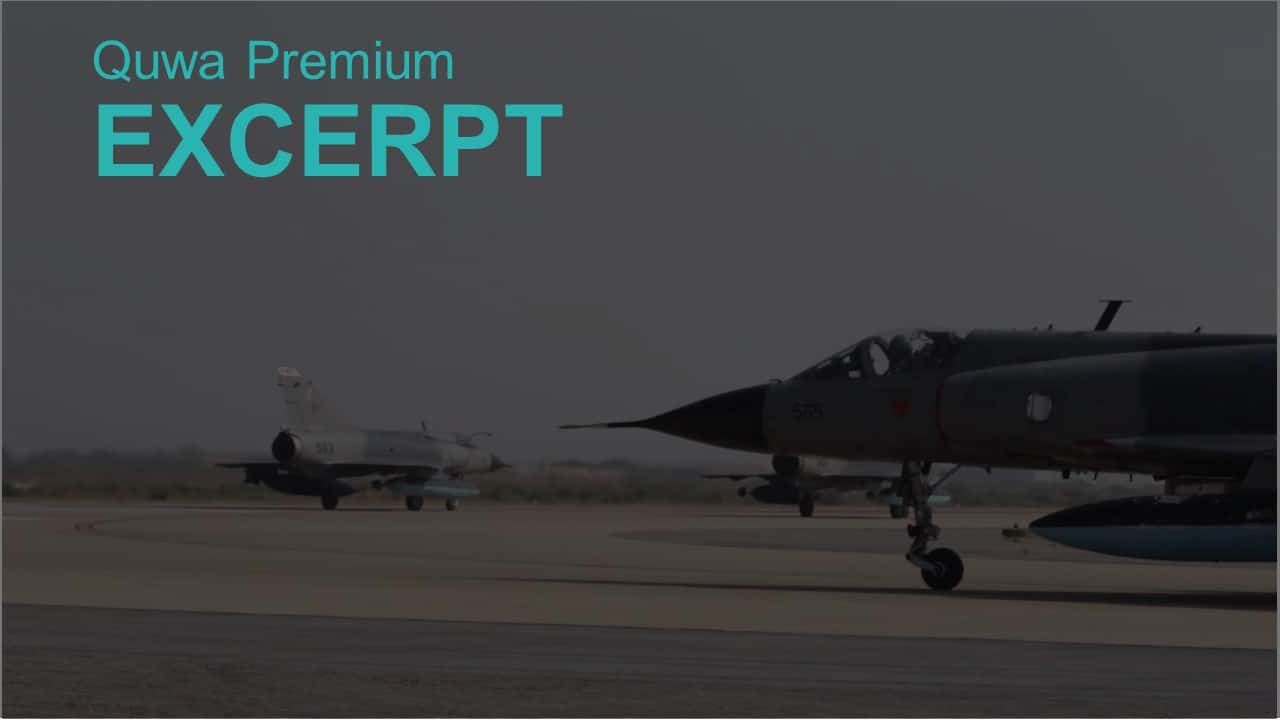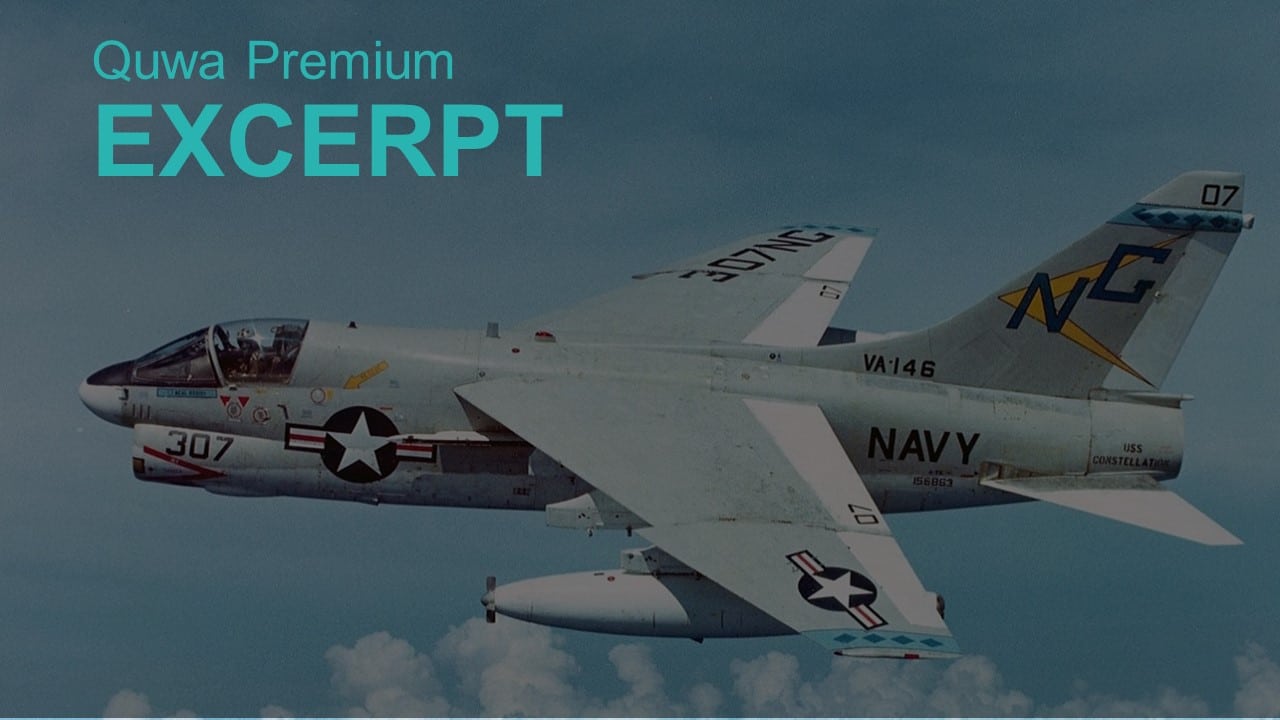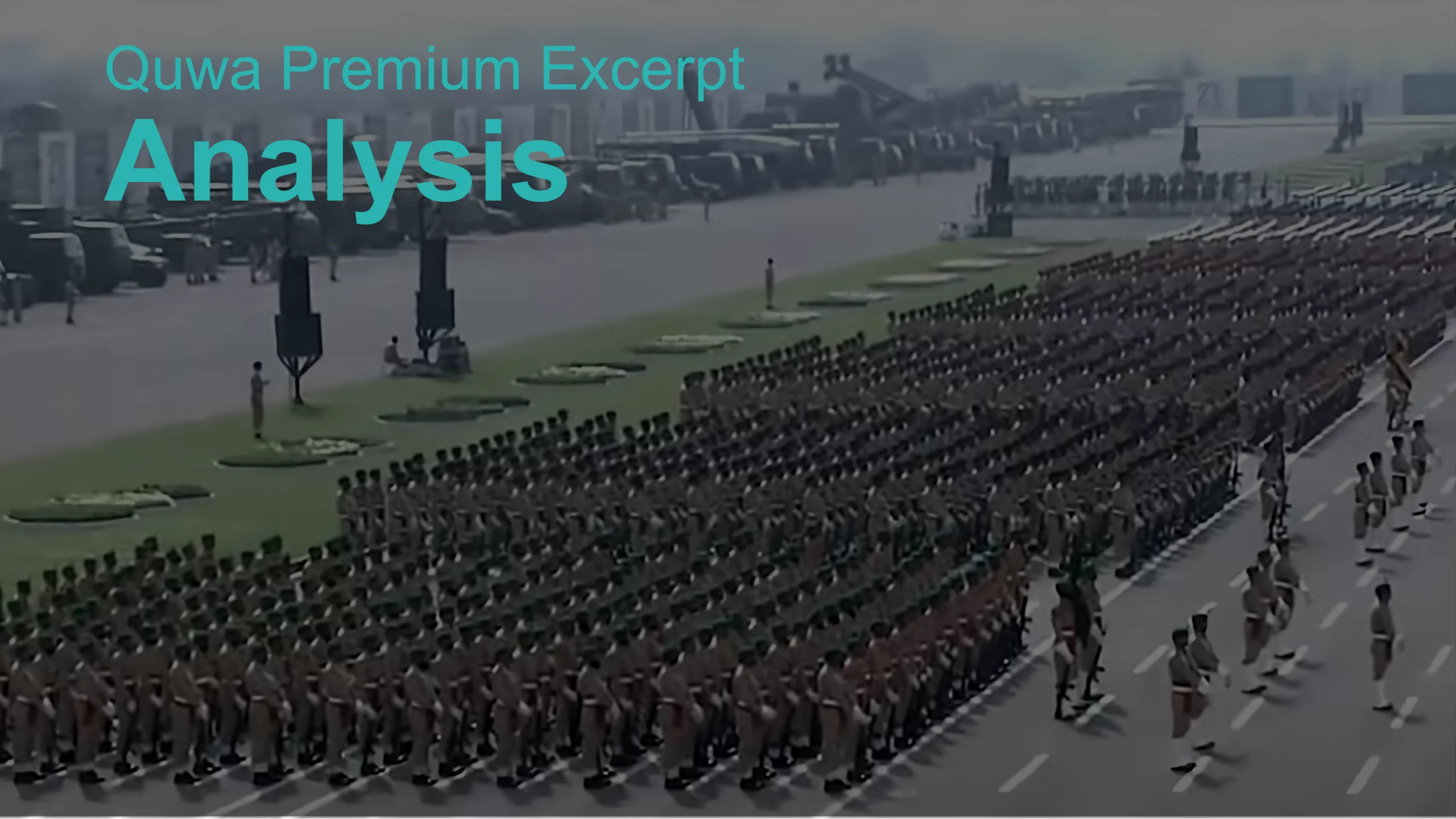2309Views

How Pakistan Might Pursue its Future Strike Aircraft Needs
For the Pakistan Air Force (PAF), a critical aspect of Swift Retort — the PAF’s retaliatory incursion against India for its stand-off range attacks across of the Line-of-Control (LoC) — was its ability to demonstrate a reasonable attack capability against predetermined targets in enemy territory.
Granted, the PAF’s F-16s had demonstrated their value as potential offensive counter-air (OCA) assets by locking onto enemy aircraft from across the LoC, but the Mirages had played a quieter, yet equally as vital role in hitting targets at long-range through stand-off range weapons (SOW), such as the H4.
In an earlier Quwa Premium article (from December 2017), it was noted that within the PAF fleet, the F-16s and Mirages are practically complementary. The PAF’s F-16s are not equipped with SOWs, but they evidently possess credible long-range air-to-air capabilities. On the other hand, the Mirages are no longer the PAF’s primary air defence fighter, yet they carry the bulk of its long-range attack duties.
Thus, the two platforms are inevitably poised to function together in a real war scenario, they would need to in order for the PAF to maintain a credible offensive capability. Fortunately, this is not a small force by any means; combined, the F-16s and Mirages could amount to 150-200 aircraft, which is sizable.
Likewise, the Mirages are equipped with contemporary SOW capabilities through the H2/H4-series of heavyweight glide weapons, the low-cost Range Extension Kit (REK) precision-guided bomb (PGB) kit, and Ra’ad/Ra’ad 2 air-launched cruise missile (ALCM), which offer 350 km and 550 km in range, respectively.
However, the relative potency of the PAF’s force is on the decline due to India’s mounting investments in air defence as well as more modern combat aircraft, most notably the Dassault Rafale.
In terms of possibly countering the Rafale, the PAF would certainly benefit from upgrading its F-16s to the F-16V specification, which would include an active electronically scanned array (AESA) radar. It would also benefit from enlarging the F-16 fleet, which it had sought to do until the White House cut down on Foreign Military Financing (FMF) and Coalition Support Fund (CSF) transfers to Pakistan.
Even if the PAF could qualitatively and quantitatively improve the F-16 fleet, India’s spending in extending its air defence range and increasing its air defence density will still erode the PAF’s offensive capabilities.
As discussed in an earlier Quwa Premium article, Pakistan can mitigate India’s investments (to an extent) by investing in new types of ballistic missiles and by equipping the JF-17 with SOWs, especially ALCMs. But while those additions would help the PAF with mounting strikes from within its own territory, it would be limited in terms of range and reach (likely cover most disputed territory and parts of India’s northwest).
End of Excerpt (453/1,507 words)
You can read the complete article by logging in (click here) or subscribing to Quwa Premium (click here)
For More Information on the Pakistan Air Force, Check Out:


